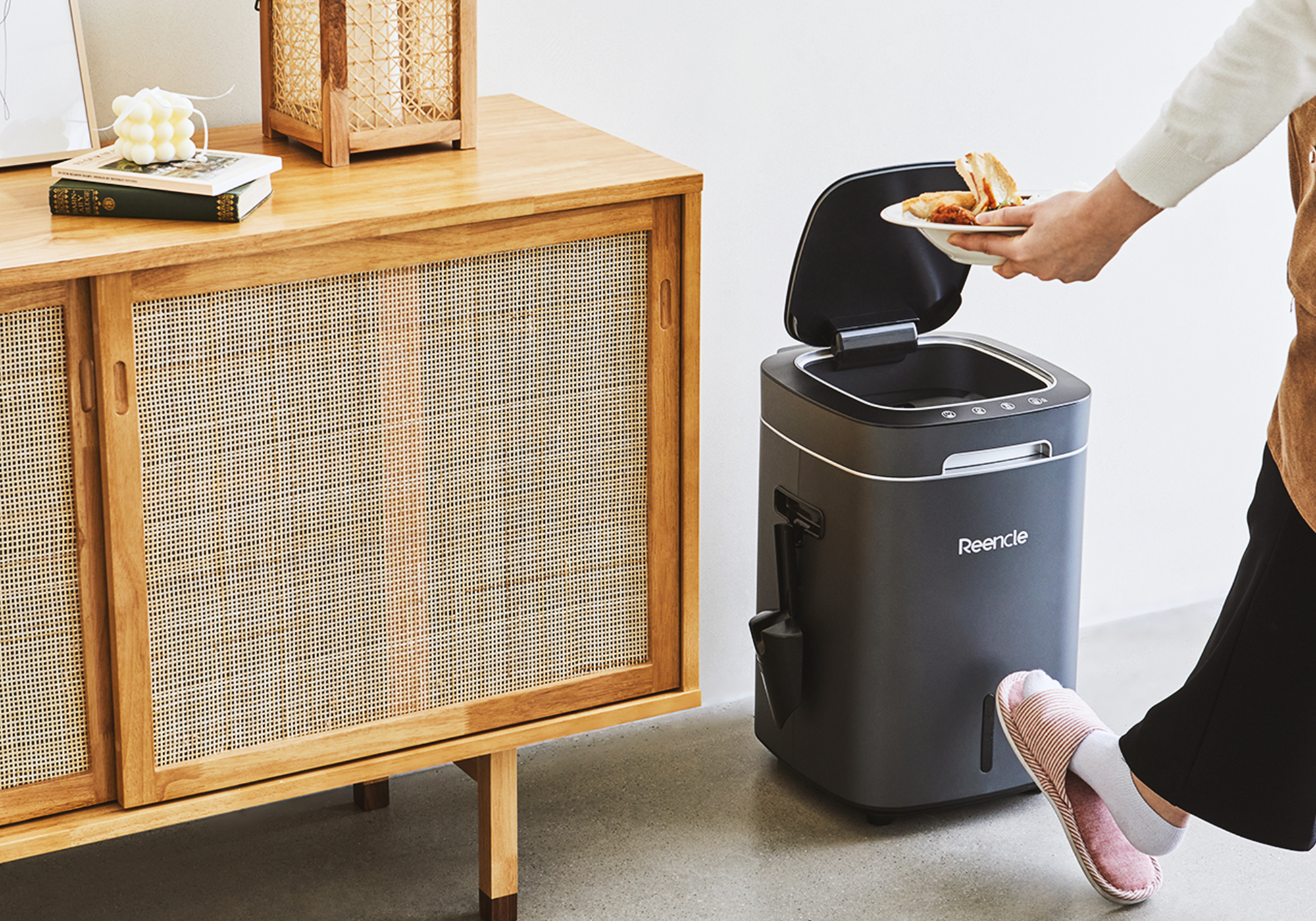Trees add beauty, shade, and value to a property, but their root systems can sometimes create hidden challenges beneath the surface. Underground plumbing, particularly older pipes or those made from vulnerable materials, can become prime targets for tree roots in search of water and nutrients. What begins as a small intrusion can eventually escalate into major plumbing problems, costly repairs, and even property damage if left unchecked. Understanding how tree roots interact with underground plumbing is the first step to preventing these issues and keeping your home’s water and sewer systems running smoothly.
How Tree Roots Invade Pipes
Tree roots naturally seek out water and oxygen, and underground plumbing systems provide an ideal source of the two. Even the smallest cracks, loose joints, or tiny openings in a pipe can attract roots, which can sense the moisture seeping out. Once roots find their way inside, they can quickly spread along the pipe, growing thicker and denser. Clay and cast-iron pipes, often found in older homes, are vulnerable because their seams and porous surfaces provide easier access compared to modern PVC pipes. This process often happens silently, with no visible signs at first, which makes it difficult for homeowners to detect until the damage becomes severe.
Signs You May Have Root Intrusion
Detecting root intrusion early can save homeowners from costly plumbing repairs, but the signs are often subtle. Slow-draining sinks, gurgling toilets, or frequent clogs are common indicators that something is blocking the pipes. Unpleasant odors coming from drains or unexpected wet patches in the yard can point to leaks caused by invasive roots. If these warning signs appear, it’s wise to consult a professional plumber, such as a plumber in Mandurah, who can assess the situation and determine whether roots have infiltrated your underground pipes. Early detection helps prevent major damage and keeps your plumbing running smoothly.
Common Plumbing Problems Caused by Roots
Once inside a pipe, tree roots can wreak havoc in several ways. One of the most common issues is blockages that slow or completely stop the flow of water or waste, leading to frequent clogs and backups in sinks, toilets, and drains. Roots can cause significant structural damage by breaking through pipe walls or forcing joints apart, resulting in leaks and flooding beneath the ground. Expanding roots may crush sections of pipe entirely, requiring full replacement. These problems disrupt daily life and can lead to costly water bills, lawn damage, and even foundation concerns if leaking water saturates the soil around the home.

Preventing and Managing Root Damage
The good news is that homeowners can take proactive steps to prevent tree roots from damaging underground plumbing. Planting trees at a safe distance from water and sewer lines is one of the most effective long-term strategies, particularly when dealing with fast-growing species with aggressive root systems like willows, poplars, or maples. For existing trees near vulnerable pipes, installing root barriers can help redirect growth away from plumbing lines.
Regular maintenance, such as scheduling professional drain cleaning and camera inspections, can catch small problems before they escalate. When roots have already infiltrated pipes, solutions may range from cutting roots with specialized tools to more permanent fixes like pipe relining or replacement..
Tree roots may seem harmless above ground, but beneath the surface, they can be powerful enough to cause major damage to underground plumbing. From small blockages to severe structural damage, root intrusion is a problem that grows quietly until it becomes unavoidable. By recognizing the signs early, investing in preventative measures, and seeking professional help when needed, homeowners can keep their plumbing systems safe while still enjoying the beauty and benefits of their trees.




